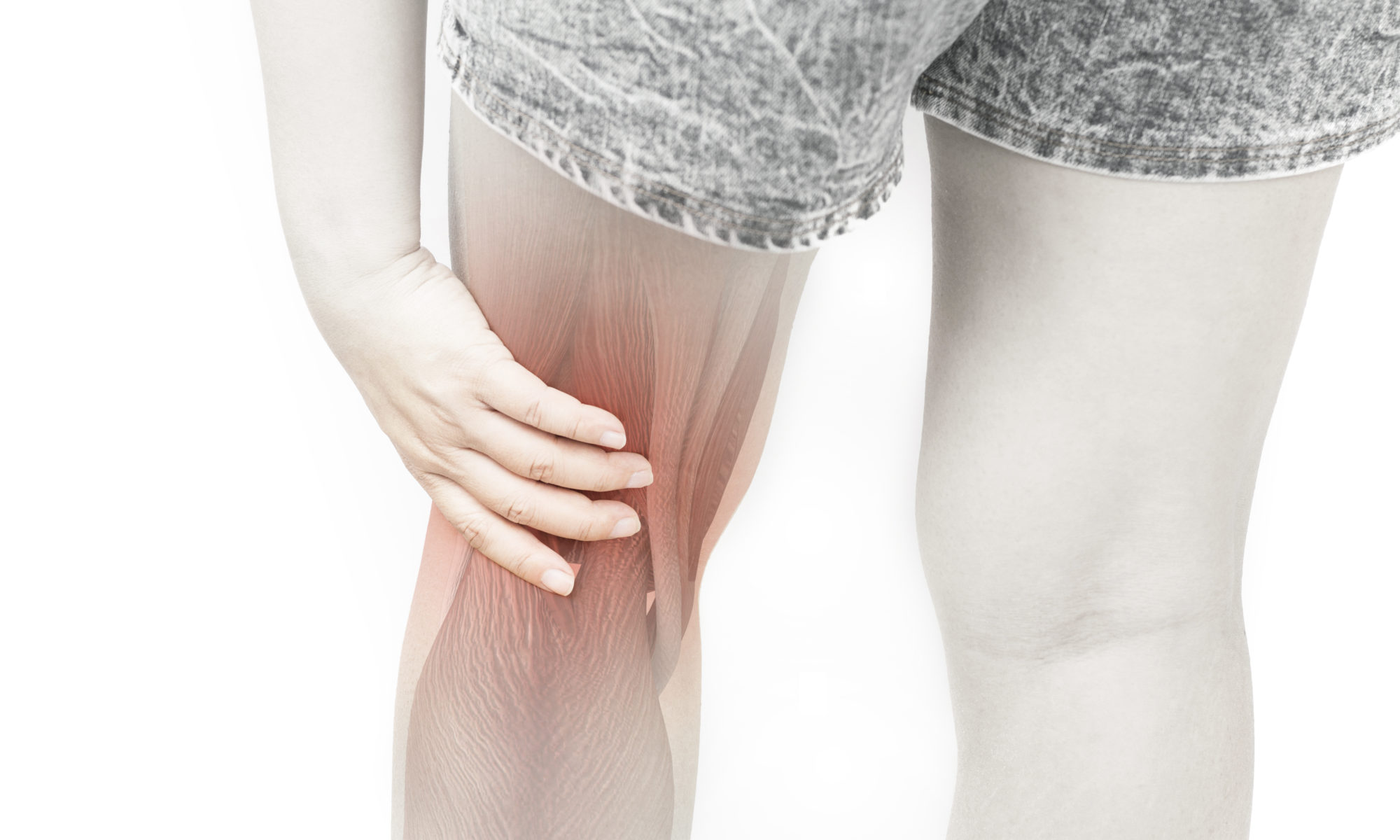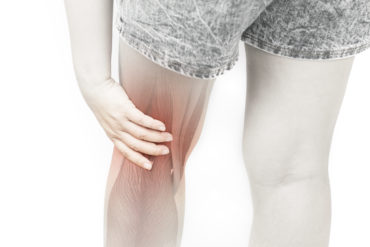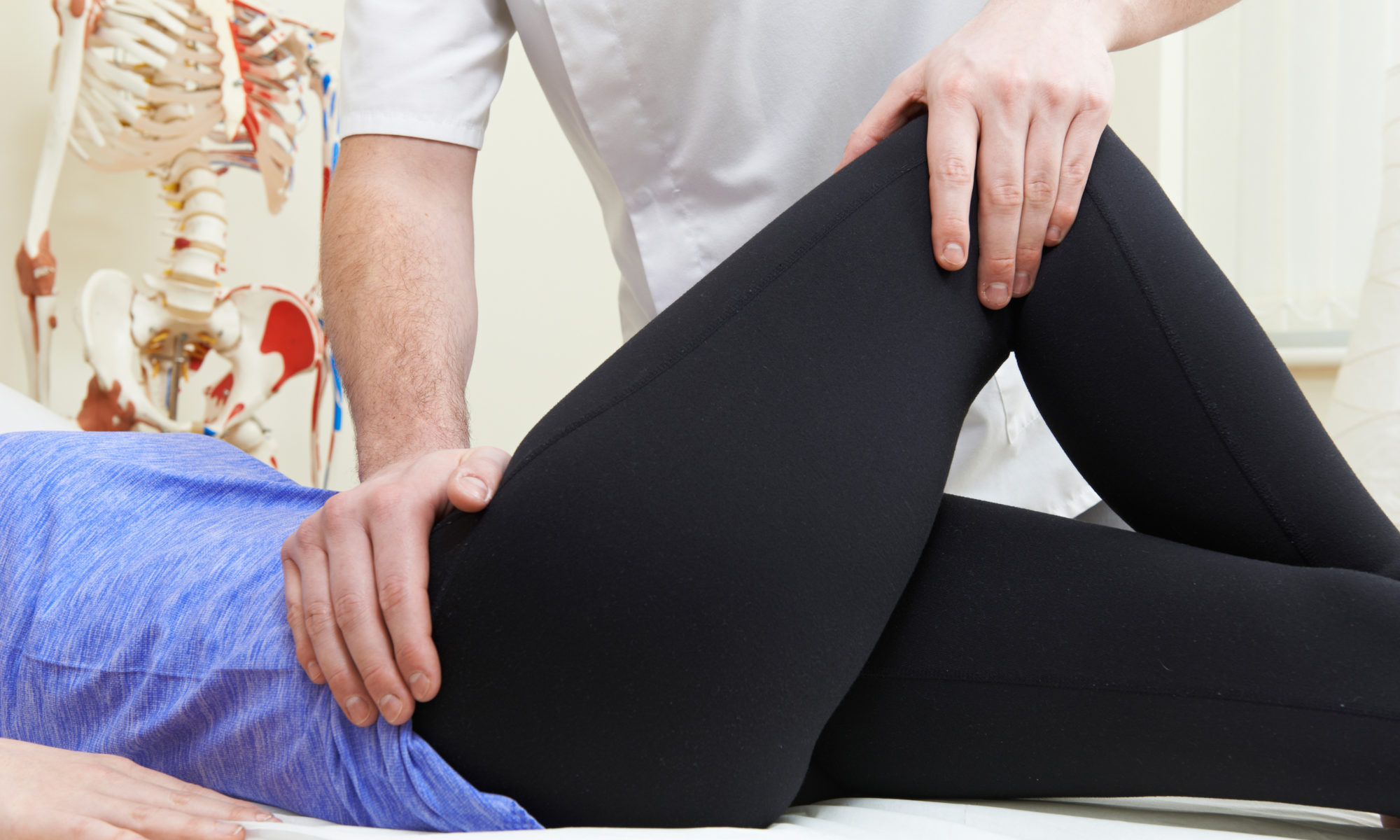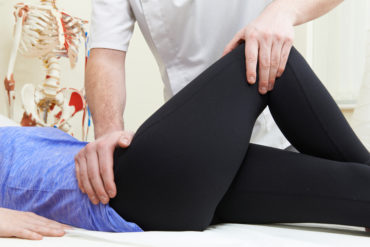
Pelvic health is especially important to me personally, as a mother, physical therapist and Pilates instructor. But, it gained even more significance in this past year. Not only did my husband and I welcome our fourth child in seven years this summer, but I also completed a Postpartum Corrective Exercise Specialist Course and Pelvic Floor Function, Dysfunction and Treatment course through the Herman & Wallace Pelvic Rehabilitation Institute.
I chose to specialize in postpartum and pelvic floor rehabilitation in hopes of gaining more knowledge to help my postpartum and pregnant mommas – including myself, and I gained even more than that. The extensive courses allowed me to learn many ways to be the best wife, mom and physical therapist I can be. All of these jobs require me to be physical and active. I learned how to properly function my pelvic floor, manage my diastasis recti and avoid and alleviate back and hip pain. This has been truly life-changing for me, and I have witnessed life-changing results in my patients, as well.
I now find myself discussing pelvic health in all sorts of environments – the park, grocery store, school parking lot, church, etc. Upon first bringing it up, I get the same strange look, followed by a hushed question, “What do you mean pelvic floor?”
Most women are a little uncomfortable discussing these issues until I bring up the fact that pelvic floor issues can be linked to many problems and that there are many ways to manage and solve these issues.
What can a pelvic floor physical therapist treat?
As a pelvic floor physical therapist, I have the ability to treat:
- Pelvic pain
- Urinary symptoms (including both urge and stress incontinence)
- Sexual dysfunction
- Low back pain, SI pain and any lower extremity pain that may be manifested from pelvic floor dysfunction
- Diastasis Recti
- Prolapse
- Issues related to pregnancy and postpartum
I am equipped to complete a full pelvic floor musculature evaluation by way of both external and internal examinations. The examination is followed by an extensive treatment plan that focuses on the long-term alleviation of symptoms.
Additionally, we have a comprehensive team at Peak, including another physical therapist and three other Pilates instructors who have completed the Postpartum Corrective Core Exercise Specialist certification. We all have a deep passion for helping women return to the things they love to do.
Take hold of your pelvic health!
I added the pictures to this blog first to show off my sweet babies, but also to remind myself and my clients that I have been there. I have dealt with these issues firsthand. I have felt the struggle of low back pain. I have felt the weight of wanting to get my body back after pregnancy – especially now after four babies! I have completely retrained my pelvic floor to function like it is meant to function.
I am currently three-months postpartum and recently completed a five-mile run that was pain-free. I am carefully and intentionally returning to the things I love, but most importantly, I am able to take care of and enjoy my family. I absolutely refuse to accept that I have to live with pelvic floor issues. I am taking hold of my pelvic health because there are so many people who count on me. You can do the same and I am so passionate about sharing this new realm of physical therapy rehabilitation.
Make an appointment today to see how I can help you RESTORE YOUR FLOOR!







